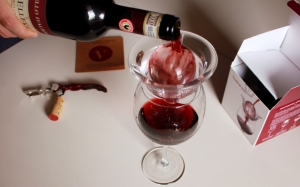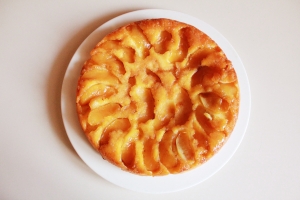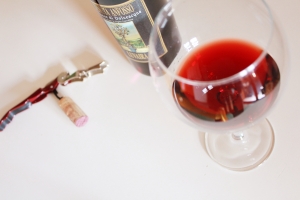Dear readers,
Have you ever wondered how and if the areators for red wine work? Well, let’s find out.
Recently, I have seen many types of this kind of accessory, which are different from the traditional decanter: they don’t have the function of decanting the red wine sediments, but allow to oxygenate the red wine very quickly. It’s an handy accessory: for example, if we have guests for dinner and we don’t have time to open bottles an hour or two before drinking it!

I really like this type of aerator, the Ventorosso, ease to use, with a very linear and functional design: it is composed of a base, to be placed above the glass, and a sphere on which you pour the red wine, so as to increase its surface exposed to air, “opening” it faster than a simple wine rotation in the glass.

Let’s go a bit ‘in detail to see how it works.
I did a test with the Chianti Classico Le Ellere by Castello d’Albola.

NO VENTOROSSO: At the nose, perfumes of cherry, red fruit, a bit of wood, vanilla, tobacco, but it’s pretty close. On the palate, the wine is fresh, dry, rather elegant, medium tannin, sap.
WITH VENTOROSSO: A wider and rounded nose, plus a better perception of the flowers’ fragrance. The wine’s characteristics are very similar, but the tannin is much more rounded on the palate!
Pro: Easy to use, since it is composed of two simple and easy-washable pieces, with the possibility to use upon different glasses size; Rapid oxygenation; Improving the roundness of red wine, especially on the palate.
Cons: Not to be used with old red wines, as this may oxidize too much, ruining it. Furthermore, some sensations are perceivable by experts (eg. sensations perceived by the nose)
In conclusion, I highly recommend it to those who want to drink a young red wine and better appreciate its features and roundness. Furthermore, the simplicity of use, makes the Ventorosso a simpler product compared to a decanter.



























